Personal Training
The Matt Roberts Personal Training team have long been recognised as industry leaders. With more than a million hours delivered across the UK. Now, our expert training team can coach you wherever you are in the world!
If you have been watching the Olympics you may have noticed a few bizarre happenings – especially the recent increase in Olympians covered in big, red bruises; often spanning their entire backs! Now, this is not because they have been sleeping on their medals….
These bruises are an after effect of a treatment called “vacuum cupping”, a manual technique used to reduce muscular tension and increase blood flow to various groups of muscles.
Vacuum cupping is a traditional Chinese method of treating the body, recently adopted and modified to suit western practices. The first reference to the use of cupping is from 3000BC, with evidence to suggest it was used widely throughout ancient Greece and Egypt.
Although there are various forms of cupping, the most commonly used in western medicine is called “dry cupping” – which involves the therapist applying a variety of different size and shapes of vacuum “cups” across the targeted area, and then using a special tool to create a vacuum inside these cups. This then creates a suction effect upon the targeted tissue, lifting the skin and fascia, which in turn stimulates blood flow.
The resultant effect is a decrease in muscular tone (tension), an increased blood flow (which is used to stimulate the body’s natural healing process) and a change in afferent (sensory) input to the brain, further reducing pain or sensation.
The bruising we have seen covering some athletes backs is a common side effect of vacuum cupping – as the skin and fascia is lifted, blood vessels expand to fill this void, which leads to a pooling of blood in a tissue – discolouring the skin and leaving a faint bruise.
The process takes between 10-25 minutes which can lead to a profound reduction in pain and an instant improvement in function and ability. Although the after effects can look painful, cupping is generally a pain-free treatment.
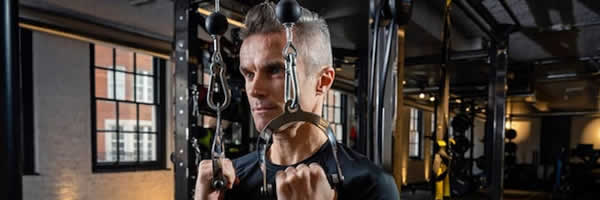
The Matt Roberts Personal Training team have long been recognised as industry leaders. With more than a million hours delivered across the UK. Now, our expert training team can coach you wherever you are in the world!
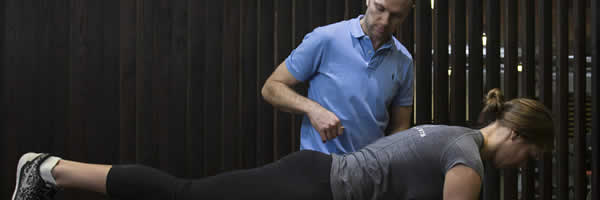
Mayfair Physiotherapy offers unrivalled expertise and high quality care. We have an expert team of Specialist Physiotherapists with years of experience led by Simon Gilchrist.
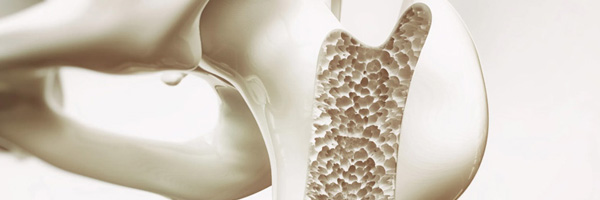
Located in the heart of Knightsbridge, the Bone Health Clinic at Evolution offers a cutting-edge service designed to combat osteoporosis and osteopenia.
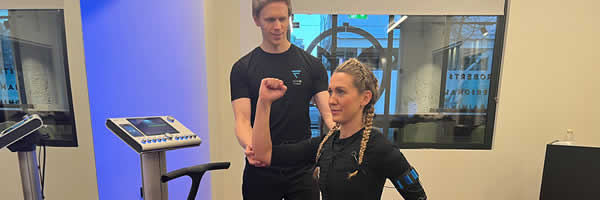
Vive Fitness combines EMS (electro-muscle-stimulation) technology with tailored training programmes to transform your health and fitness experience.
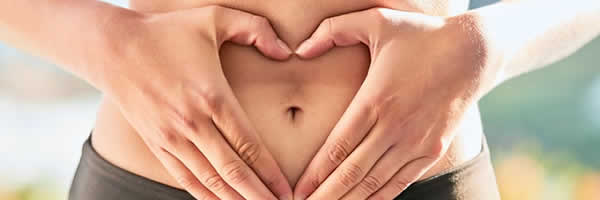
Every gut is unique and as such it is essential you have the deepest possible understanding of your own in order to optimise your diet and lifestyle.
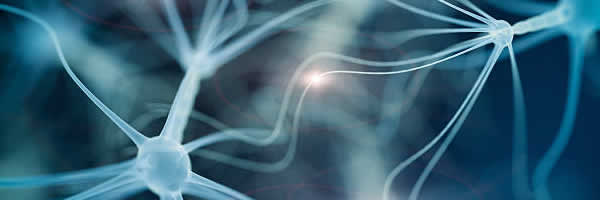
Your hormones are at the heart of your health and performance, ultimately determining how well you feel and function throughout your life.
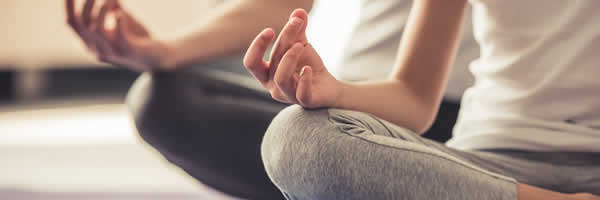
While striving for physical health and longevity is essential to live your best life, it is vital that we learn how to better care for and tend to our mental and emotional wellbeing.